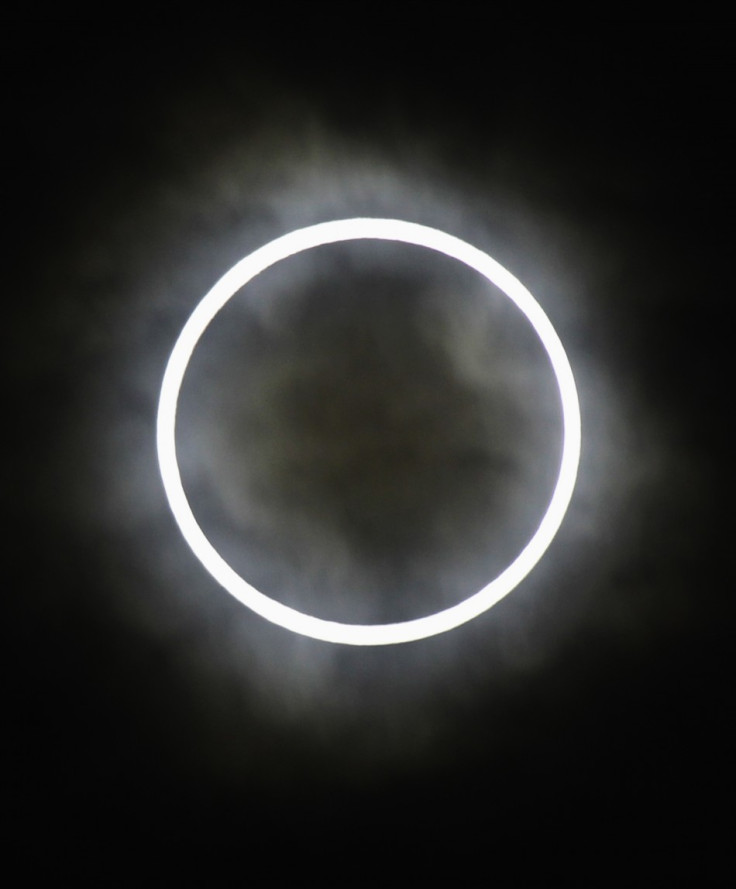Ring of fire eclipse: Where to watch the impressive natural phenomenon
The eclipse will be visible in the Southern Hemisphere on 26 February.
This Sunday, 26 February, countries in the Southern Hemisphere will experience an annular solar eclipse during which time the moon will be briefly placed between the earth and the sun. Unlike during a total solar eclipse, the moon will not completely obscure the sun, creating what is often referred to as a ring of fire along the edge.
The phenomenon, the first of two expected to take place this year, will be visible from the Pacific to the Atlantic and Africa, through Chile, Argentina, Angola, Zambia and the Congo, retired NASA eclipse expert Fred Espenak told The Washington Post.
Only a very small portion of the earth will get a direct view of the full eclipse but partial phases will be visible in certain South American and African countries, as well as over much of Antarctica. It will visible for the longest duration in the South Pacific Ocean, west of Chile, where it can be seen at 8.16am ET (1.16pm GMT) for close to 1minute, 22 seconds. At 9.54am ET (2.54pm GMT), the "greatest eclipse" part will be seen east of Buenos Aires in the Atlantic Ocean for close to 44 seconds.
For those unable to glimpse the eclipse in person, live feed has been made available on slooh.com. Alternatively, one could wait for the total solar eclipse which will take place on 21 August and will be visible across the US. For the event, Nasa has created a website which provides information on where best to watch it.

© Copyright IBTimes 2025. All rights reserved.






















